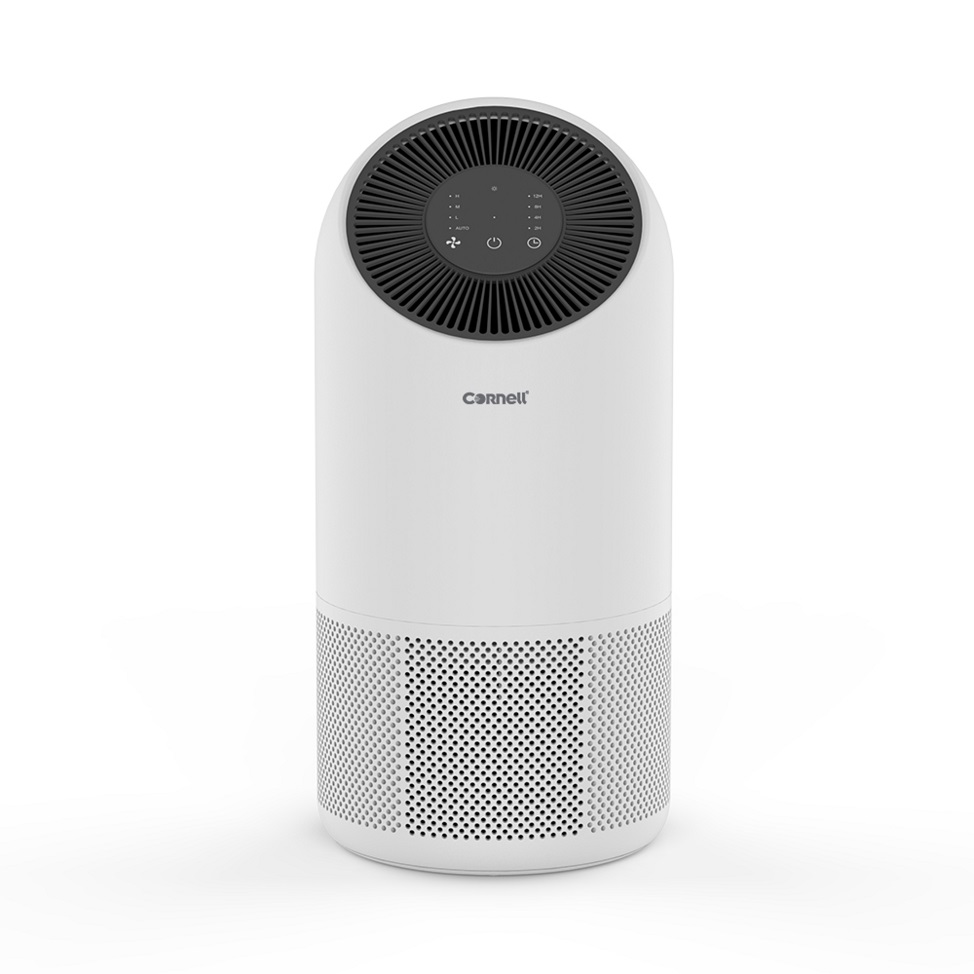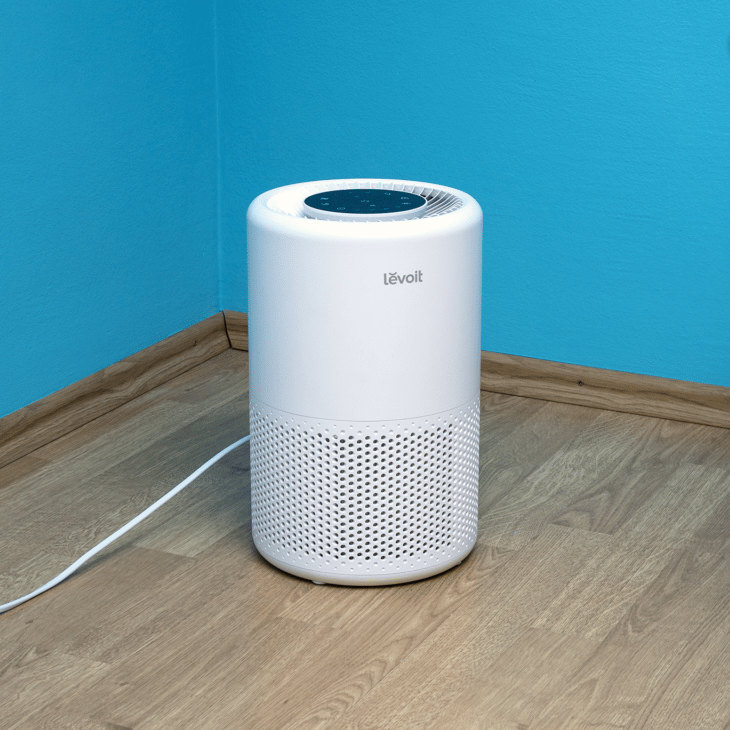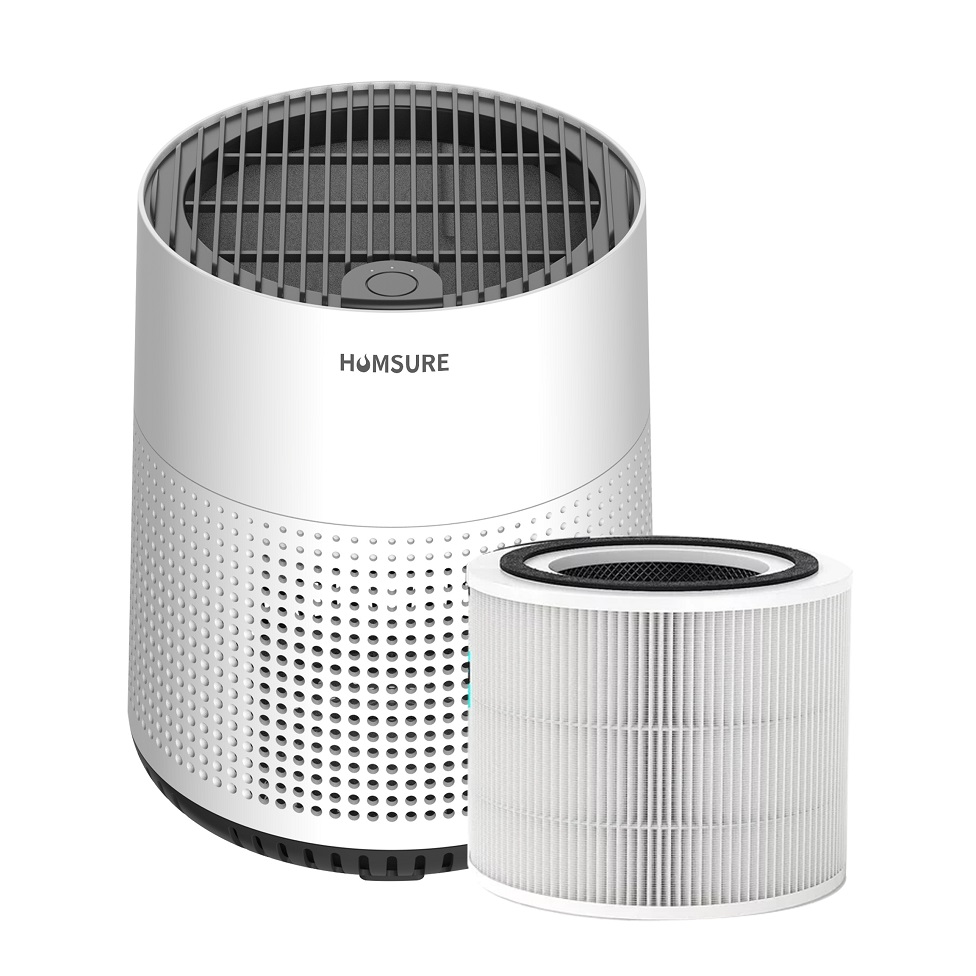Air purifiers are essential for maintaining clean indoor air. They help remove allergens, dust, smoke, and other pollutants. But to get the most out of your air purifier, you need to place it correctly. In this article, we will discuss the best locations for your air purifier. We’ll cover various rooms in your home and provide tips on how to maximize the air purifier’s efficiency.
Understanding Air Purifiers
Before we dive into placement specifics, let’s understand what air purifiers do. Air purifiers capture particles from the air. They use filters or ionizers. Some models even use UV light to kill germs. However, not all air purifiers are the same. Each has its strengths. Knowing this helps in deciding where to place yours.

When selecting a location for your air purifier, consider the size of the room. Each air purifier is designed for a specific area. Check the manufacturer’s specifications for coverage. This information tells you how effective the unit can be in your space. A unit placed in too large of an area will underperform.
Rooms That Need an Air Purifier
Certain rooms demand more attention when it comes to air quality. These rooms often have higher levels of allergens and pollutants.
The Living Room
The living room is where families gather. It often sees high traffic, which means more dust and allergens. Pet dander can accumulate, too. Ideal placement for an air purifier in the living room is near a central location. This allows the unit to pull in air from various corners of the room.
Keep the air purifier at least 6-12 inches away from walls or furniture. This distance helps avoid obstructions. If the unit has a fan, being too close to a wall can cause airflow issues. Many people like to place air purifiers next to windows. However, this isn’t always best. Windows can let outside air and pollutants in. Keep your purifier away from those sources.
The Bedroom
The bedroom is a sanctuary for rest. Clean air here is crucial for good sleep. Many experts recommend placing the air purifier close to the bed. This creates a zone of clean air while you sleep. Make sure it’s not too close, though. Distance can help with noise issues. If your air purifier has a quiet mode, you can reduce noise levels further.
Place the air purifier at least 3-5 feet away from your bed. This lets you breathe clean air without too much sound. If your bedroom has a larger layout, you may want multiple units. Each unit can target different sections of the room.
The Kitchen
The kitchen is another place that requires attention. Cooking can generate smoke, grease, and odors. Air purifiers with activated carbon filters work well here. These filters can absorb strong smells. Place the air purifier near the cooking area but not directly on the cooktop. Doing so helps capture smoke and odors effectively.
Ensure that the air purifier isn’t obstructed by kitchen items like counters or cabinets. This would degrade performance. Keeping it a few feet from cooking appliances can maximize airflow. If you have windows that open, consider placing the unit near those. However, make sure it isn’t right next to them to avoid outside pollutants.
The Role of Furniture and Design
Furniture placement plays a significant role in how effective your air purifier will be. It influences airflow. Always consider the layout of your room. Avoid placing the unit behind large pieces of furniture. This restricts airflow and reduces effectiveness.
Avoiding Corners and Obstacles
Corners often seem like a good place for air purifiers. However, they can trap pollutants, making it harder for the unit to clean the air. Keep your air purifier in an open space where it can circulate air freely.
When placing your purifier, think about height. Most air purifiers work best at a lower height. This level allows them to capture heavy particles that tend to settle on the ground. It’s wise to keep it on a flat surface, like a table or stand, to maximize airflow.
Adjusting for Seasonal Changes
The seasons affect air quality. Allergens like pollen are more prevalent in spring. In the fall, leaves can add to indoor dust. During these times, you might want to move the air purifier. Adjust its location to target areas with greater pollutant levels. For instance, if you notice more dust in your living room during certain seasons, reposition the unit there.
Different Types of Air Purifiers
Different air purifiers can have specific optimal placements. For instance, HEPA (High-Efficiency Particulate Air) purifiers mainly capture particles. They are great for rooms where allergens circulate. On the other hand, ionizing purifiers can be placed near walls or crowded spaces. They work by releasing charged ions that attract particles.
HEPA Air Purifiers
HEPA filters work best in areas with lots of allergens. If your home is prone to dust, place these purifiers in high-traffic areas. They can filter out pet dander, pollen, and other small particles. Maintain distance from walls and furniture to enhance their efficiency.
Activated Carbon Air Purifiers
Activated carbon filters target odors. If you often cook strong-smelling foods, place these purifiers in the kitchen. They absorb smoke and smells. This helps maintain a fresh atmosphere. Ensure that it’s positioned away from direct cooking areas but close enough to capture pollutants.
UV Light Air Purifiers
UV light purifiers kill harmful bacteria and viruses. Ideal placement is in rooms that frequently host families or guests. Common spots include living rooms and bedrooms. These areas benefit from cleaner air that is less likely to harbor germs.
Specific Considerations for Pets
If you have pets, air purifiers become even more vital. Pet dander can accumulate, leading to potential health issues. Consider how many pets you own and their size. Larger pets tend to shed more fur and dander. Therefore, it may be necessary to place the air purifier nearer to them.
Strategically Placing in Pet Areas
If pets spend time in specific rooms, like the living room, place your purifier there. This helps eliminate dander right where it collects. You may also want to put a unit in the pet’s sleeping area. This helps keep that zone free of allergens.
Ensure that the air purifier is out of reach from pets. Cats and dogs love to explore. They might knock over an air purifier, causing damage. Keeping it elevated or in a corner can minimize the risk.
Home Office Setup
As remote work becomes more common, creating a good home office is crucial. Air quality plays an important role in focus and productivity. Placing your air purifier in your home office can lead to better air quality.
Choosing the Right Spot
Select a spot in the office where you spend most of your time. Keep it on the floor or on a low shelf. This helps in capturing the air you breathe most often. Avoid placing it next to electronic devices like computers. These can generate heat and affect efficiency.
Monitoring Air Quality
After you place your air purifier, monitor the air quality in the room. Many modern air purifiers have indicators or sensors. These features help you understand when the unit is working hard. If you notice that air quality is still poor, consider moving the unit. It might need a more optimal position.
Using Air Quality Sensors
Investing in portable air quality sensors can help. They track levels of pollutants and allergens. If you find pollutants are high in one room, move the air purifier there. Frequent monitoring helps ensure you have the best air quality possible.
Noise Levels and Sleep Quality
Noise is often a concern. Many air purifiers run quietly. However, some can disrupt your peace. Especially in bedrooms, consider sound levels when positioning. If noise is an issue, place the unit further away from your sleeping area. Choose one with a quiet mode for nighttime use.
Choosing the Right Mode
Selecting the right mode on your air purifier is also essential. For nighttime use, many models have a “sleep” or “night” mode. These modes reduce fan speed and noise levels. This way, you get a restful night while still enjoying clean air.
Dealing with Allergies and Asthma
People with allergies or asthma need clean air. Placing air purifiers in bedrooms and living rooms is vital. These areas usually see a lot of activity, contributing to dust and allergens. Opt for HEPA filters for maximum effectiveness. Always consult with a healthcare professional for tailored advice based on your specific conditions.
Creating an Allergy-Friendly Space
If you have multiple family members with allergies, ensure that common areas have a purifier. Regularly change filters to maintain effectiveness. Keeping doors closed also minimizes pollen exposure from outside.
Conclusion
In summary, the placement of your air purifier matters greatly. Through thoughtful placement, it will perform its best. Be mindful of the specific rooms in your home. Consider traffic levels, the presence of pets, and potential pollutants. By ensuring your units are well-positioned, you can enjoy cleaner, healthier air. Proper air quality positively impacts overall well-being. Prioritize placements, and breathe easier in every room of your home.


